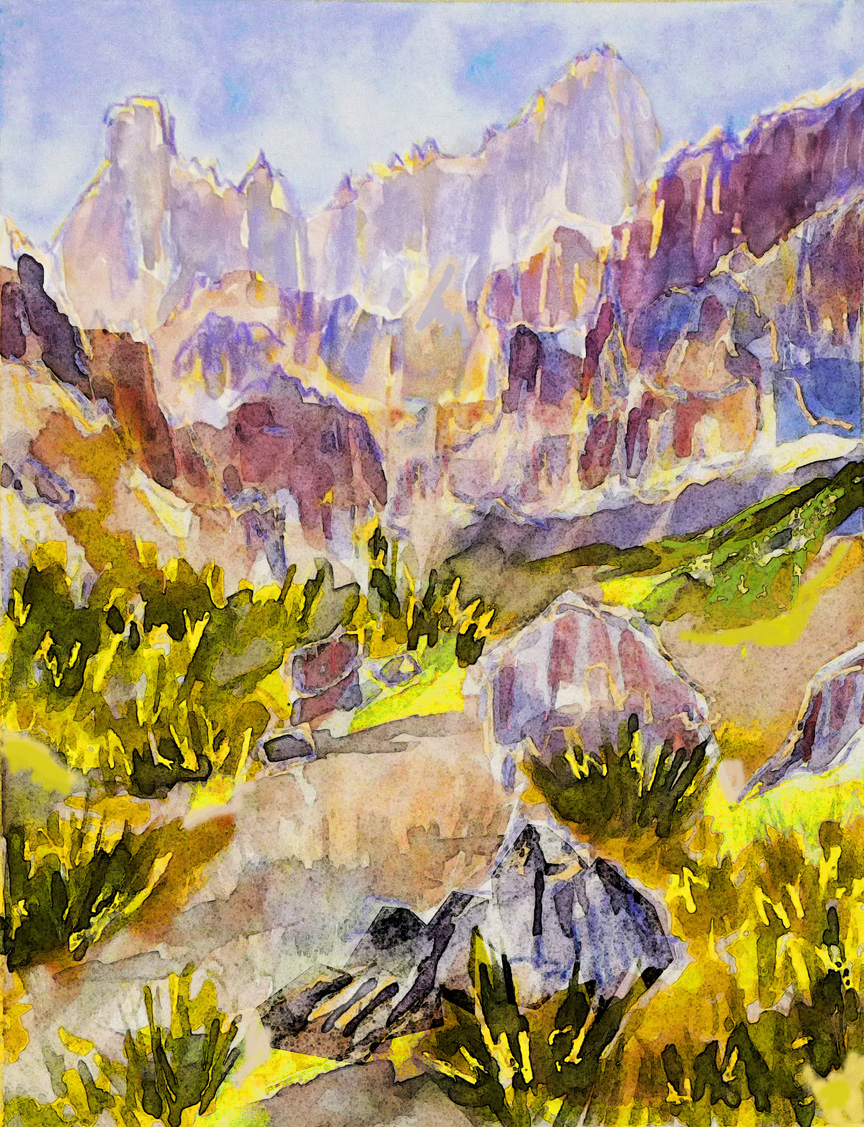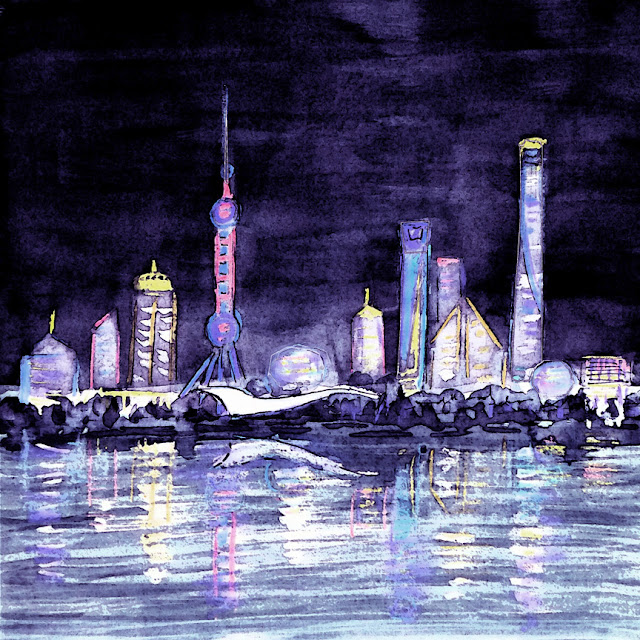Wind Farm in Southern Alberta
Watercolour
and crayon
©2016
Charlene Brown
I will
begin by repeating what I said yesterday:
I agree completely with a rant by Eric Reguly in the
June 18 Globe + Mail, titled "Unfolding crisis shows fault in putting biofuels
before food." He highlights the
irrationality of continuing to subsidize the production of biofuels using food
crops as the danger of widespread famine resulting from the war in Ukraine
increases every day.
The following is my own rant about ‘Renewables’, originally
posted in April 2021:
Outdated analyses of the climate change mitigation potential
of various technologies refer to ‘renewable’ alternatives to fossil fuels. In these analyses, biofuels (or biomass),
which do not result in significant GHG emission reductions* are combined with
other renewables (solar, wind, tide) that have huge potential to make
significant GHG reductions, and nuclear energy, which is a whole different
class with unique disadvantages (public perception) and advantages (remote
location can greatly reduce need for transmission lines or pipelines).
‘Renewables’ should not be considered as a group with
similar climate-change mitigation potential.
Alternatives to fossil fuels should be described as low-carbon, clean or
green. These alternate energy sources include nuclear and do not include biofuels.
* Originally, biofuels were viewed as inherently
carbon-neutral, assuming the carbon dioxide plants absorb from the air as they
grow completely offsets, or neutralizes, the CO2 emitted when fuels
made from plants burn. However, this offset is largely negated by the GHGs
emitted during the cultivation, harvesting, transportation, and refining
processes. When burned for power
generation or heating, biofuels emit about the same amount of GHGs as fossil
fuels.










































